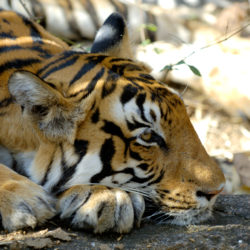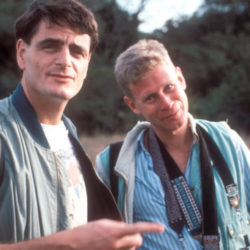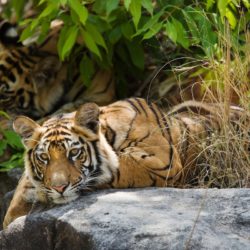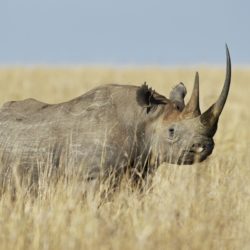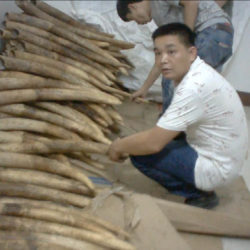
From profits to prison – the impact of proper investigations into illegal wildlife trade
In an indication that China is getting serious about properly prosecuting wildlife criminals, a court in Jiangsu province has jailed a man for 11-and-a-half years and confiscated about £54,900 (500,000 RMB) worth of his private assets for ivory smuggling



